Direct Marketing Fundamentals
Let’s begin by exploring the fundamentals of direct marketing. Direct marketing is a marketing strategy that involves reaching out to individual consumers directly. It is a method to promote products or services through various channels, such as mail, email, phone calls, and text messages. The goal of this marketing strategy is to create a personalised, one-to-one connection with potential new customers and encourage them to take a specific action, such as making a purchase, signing up for a service, or attending an event.
Here are some fundamental principles of direct marketing:
- Identify your target audience: Possibly the most important of all the fundamental principles. How can you effectively reach your desired audience without knowing exactly who they are? You should therefore identify their characteristics, such as demographics, interests, and behaviours. This will help you tailor your message and offers to their specific needs and preferences.
- Develop a clear message: When delivering a message to your audience, it should be clear, transparent and easy to understand. Overcomplicating it will lose their interest. Your message should be simple, concise, and compelling. It should clearly communicate the benefits of your product or service and why your target audience should take action.
- Offer something of value: This is your call to action, you need to entice the receiver with something that they simply cannot turn down. To get your target audience to take action, you should offer something of value, such as a discount, free trial, or exclusive content.
- Use multiple channels: Direct marketing campaigns can be executed through a variety of channels, such as email, direct mail, social media, or telemarketing. Using multiple channels can help increase the reach of your campaign, being more inclusive and understanding how your audience engages will broaden your return on investment and provide additional touchpoints for your target audience.
- Measure and track results: To determine the effectiveness of your direct marketing campaign, you should measure and track results, such as response rates, conversion rates, and ROI. This will help you refine your approach and optimise your future campaigns.
In summary, the key to a successful direct marketing campaign is to create a personalised, relevant, and engaging experience for your target audience. If your organisation follows these fundamental principles, you can increase the effectiveness of your campaigns and achieve your marketing goals with ease.
What Is Direct Marketing?
So what exactly is direct marketing? It’s a marketing strategy that involves directly communicating with your target audience. The audience could be individual consumers or businesses. Communicating with your target audience is usually done through various channels, such as mail, email, phone calls, text messages, and social media. In a nutshell, that’s direct marketing.
The main aim of direct marketing for any organisation is to promote its products or services to its target audience. It’s specifically designed to encourage consumers to take action, such as making a purchase or signing up for a service.
DM campaigns are generally targeted at specific segments of the population; this is what makes up your target audience and is based on characteristics like, for example, demographics, interests, and behaviours. This enables your organisation to tailor your marketing messages and offers to the specific needs and preferences of your target audience.
Organisations/businesses and companies often use direct marketing to generate new leads. New leads can ultimately convert into new clients to grow the business further. Acquiring new clients and retaining existing ones is paramount for any organisation and direct marketing is one of the best ways to achieve this.
Furthermore, it can also be used to promote special offers or events for your organisation or to gather customer feedback and build brand awareness; it really is a valuable strategy in many ways, and it happens to be the most cost-effective way to market your business.
During a digital boom, it’s easy to see why direct marketing has evolved significantly over the years. With the rise of digital channels such as email and social media, which provide new opportunities for targeted communication, we have seen direct marketing strategies grow in strength and numbers.
With that being said, the core principles of direct marketing will always remain the same: personalised, relevant, and engaging communication that encourages consumers to take action.
Why is Direct Marketing Important?
There are several reasons why direct marketing is an important strategy for all businesses of all sizes and industries, take a look below:
- Targeted communication: Targeting your audience is completed, you’ve got your data list sorted so now the communication ought to be tailored to its reader too. Direct marketing enables businesses to communicate directly with their target audience based on specific characteristics such as demographics, interests, and behaviours. This allows businesses to tailor their messaging and offers to the needs and preferences of their target audience, resulting in more effective communication and higher response rates.
- Measurable results: DM campaigns are possible the best way of measuring the results, they are in fact highly measurable, allowing businesses to track response rates, conversion rates, and other metrics to evaluate the effectiveness of their campaigns. This enables businesses to optimise their campaigns and allocate their marketing budget more effectively.
- Cost-effective: Direct marketing can be a cost-effective way to reach a targeted audience. Digital channels such as email and social media have significantly reduced the cost of direct marketing compared to traditional channels, such as direct mail and telemarketing. But all methods of direct marketing are significantly less than other traditional ways of advertising to a specific audience.
- Builds customer relationships: What better way to build trust and confidence by building good strong relationships. Direct marketing can help businesses build relationships with their customers by providing personalised communication and offers. This can lead to increased loyalty and customer retention.
- Generates leads: By attracting new potential clients is ultimately the only way to successfully grow your business. Direct marketing can be used to generate new leads and acquire new customers. By targeting specific segments of the population, businesses can reach potential customers who are more likely to be interested in their products or services.
Overall, if your organisation is creating personalised, relevant and engaging communication to a targeted audience, it will increase the effectiveness of your marketing campaigns and achieve your business goals. Successful direct marketing campaigns, will generate leads, acquire new customers, build new and existing relationships and retain your current clientelle.
Key direct marketing statistics
Direct mail has a response rate of 4.4%, compared to email’s response rate of 0.12% (according to the Data & Marketing Association).
90% of direct mail gets opened, compared to 20-30% of emails (according to the Data & Marketing Association).
Personalised subject lines can increase email open rates by 50% (according to HubSpot).
72% of consumers prefer email as their primary communication method with businesses (according to MarketingSherpa).
49% of consumers said they have made a purchase as a result of receiving a direct mail piece (according to the Data & Marketing Association).
Direct mail has a median return on investment (ROI) of 29%, compared to 23% for email, and 16% for paid search (according to the Data & Marketing Association).
The average click-through rate (CTR) for email marketing campaigns is 2.6% (according to Campaign Monitor).
75% of consumers say they like it when brands personalise their messaging and offers (according to SmarterHQ).
80% of consumers are more likely to do business with a company if it offers personalised experiences (according to Epsilon).
The above stats give an insight into the effectiveness of direct marketing, particularly in terms of response rates, open rates, and return on investment. There is strong proof that by adopting a personalised approach with any marketing campaign, consumers are more likely to engage with messages and offers tailored to their needs and preferences. This pretty much guarantees the success of the campaign.
How Do You Develop a Direct Marketing Strategy?
Developing a direct marketing strategy involves several key steps:
- Define your target audience: Once you have identified the characteristics of who you are reaching out to, it is important to define your audience which is one of the first steps in developing a direct marketing strategy.
- Determine your goals: It is a pointless exercise to throw a campaign together with no goal in mind, its costly and wastes so much time with failing results. What do you want to achieve with your direct marketing campaign? Are you looking to generate leads, acquire new customers, or retain existing ones? Defining your goals will help you create a more targeted and effective strategy.
- Choose your channels: Direct marketing can involve a variety of channels, including email, direct mail, social media, and telemarketing. Choose the channels that are most effective for reaching your target audience and achieving your goals.
- Develop your messaging: Your messaging should be personalised, relevant, and engaging. Consider the needs and preferences of your target audience and tailor your messaging and offers accordingly.
- Create your content: Depending on the channels you choose, you will need to create different types of content, such as email campaigns, direct mail pieces, or social media posts. Make sure your content is visually appealing, easy to read, and conveys your messaging effectively.
- Test and optimise: Before launching your direct marketing campaign, test your messaging, offers, and content to see what resonates best with your target audience. Use the data you collect to optimise your campaign and improve its effectiveness.
- Measure your results: Direct marketing campaigns are highly measurable, so make sure to track your response rates, conversion rates, and other key metrics. Use this data to evaluate the effectiveness of your campaign and make any necessary adjustments.
Overall, developing a successful direct marketing strategy requires a deep understanding of your target audience, clear goals, effective messaging and content, and a data-driven approach to optimisation and measurement. By following these effortless steps, you can create a direct marketing campaign that delivers results and helps you achieve your business goals.
CASE STUDY
How Direct Marketing Helped a Startup Grow Its Customer Base
Background:
A struggling startup business selling natural skincare products was grappling to grow and flourish. Its aim was to acquire new customers and increase revenue. The company had tried several marketing channels, including social media and influencer partnerships, but had not seen significant results. The company decided to launch a direct marketing campaign to reach a more targeted audience and generate more sales.
Strategy:
The company first defined its target audience, which was women aged 25–45 who were interested in natural and organic skincare products. The company then developed a direct mail campaign that included a personalised letter, a brochure showcasing its products, and a discount code for first-time customers. The company used a list of prospects obtained from a data provider that matched the characteristics of its target audience.
Execution:
The company sent out 5,000 direct mail pieces to the list of prospects, using a professional printing and mailing service. The direct mail pieces were personalised with the recipient’s name and included messaging that emphasised the benefits of natural skincare products and the company’s commitment to sustainability.
Results:
The direct mail campaign generated a response rate of 3.8%, resulting in 190 new customers for the company. The company also saw an increase in website traffic and social media followers as a result of the campaign. The company was able to track the success of the campaign using a unique discount code, which was used by 45% of the new customers acquired through the campaign.
Impact:
The direct marketing campaign had a significant impact on the company’s growth, helping it acquire new customers and increase revenue. The campaign also helped the company build a stronger relationship with its target audience by providing personalised communication and offers that resonated with their needs and preferences. The company continued to use direct marketing as a key part of its overall marketing strategy and saw continued success in gaining new customers and growing its business.
Conclusion
This case study demonstrates the effectiveness of direct marketing in helping businesses grow. By targeting a specific audience with personalised messaging and offers, businesses can achieve higher response rates and more effective communication. Direct marketing also provides measurable results, allowing businesses to optimise their campaigns and allocate their marketing budget more effectively. In this case, the DM campaign helped a startup earn new customers and increase revenue, this is the power of direct marketing in driving business growth.
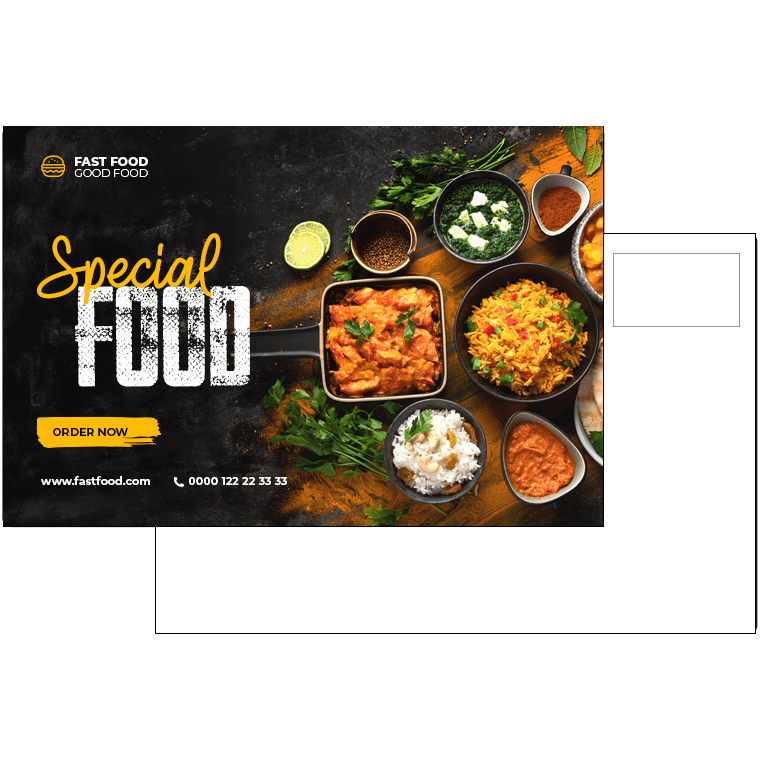
Tips for creating the perfect marketing postcard
Creating an effective marketing postcard can be a great way to reach potential customers and promote your business. Here are some tips for creating the perfect marketing postcard:
- Start with a strong headline: The headline should grab the reader’s attention and make them want to learn more about your business. Use short, attention-grabbing phrases that convey the benefits of your product or service.
- Keep it simple: Your postcard should be easy to read and understand. Use clear and concise language and avoid cluttering the postcard with too much information or images.
- Use high-quality images: Use high-quality images that are relevant to your business and help to convey your message. Make sure the images are clear and visually appealing.
- Include a clear call to action: Make it clear what action you want the reader to take after receiving the postcard. Whether it’s visiting your website, calling your business, or visiting your store, the call to action should be easy to understand and prominently displayed.
- Personalise the message: Use personalisation to make the postcard more engaging and relevant to the reader. This can include using the recipient’s name, addressing their specific needs, or highlighting a product or service that they may be interested in.
- Keep it short and sweet: Keep the message short and to the point. Avoid long paragraphs or complex messaging that may be difficult to understand.
- Use high-quality printing: The quality of the postcard can have a significant impact on how it is perceived by the reader. Use high-quality paper and printing to make the postcard look professional and visually appealing.
- Test and optimise: Before sending out a large batch of postcards, test different messaging, images, and calls to action to see what resonates best with your target audience. Use this data to optimise your postcard and improve its effectiveness.
By following these tips, you can create an effective marketing postcard that helps to promote your business and reach potential customers.
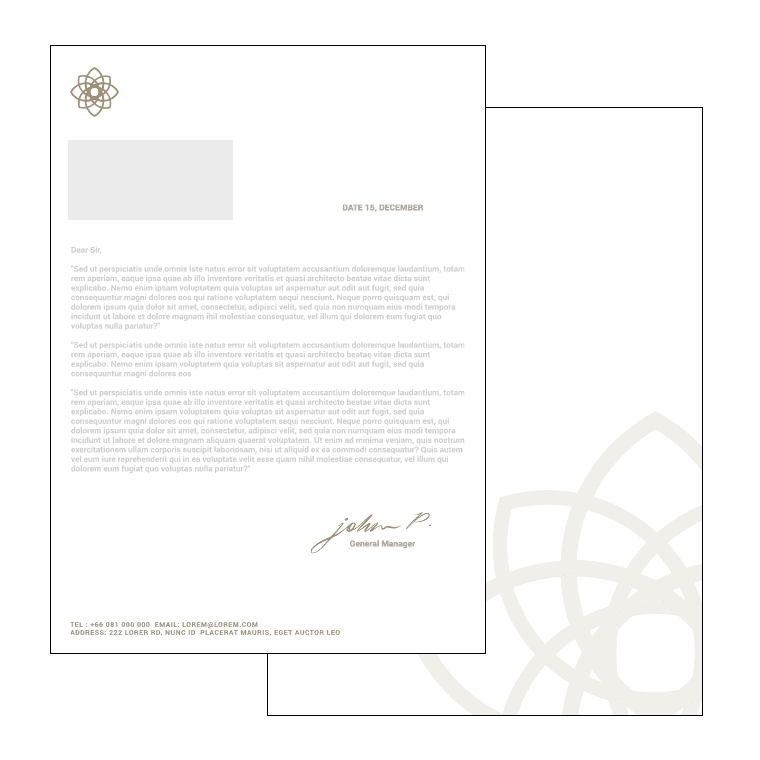
Tips for creating the perfect marketing letter
A marketing letter can be a powerful tool for reaching potential customers and promoting your business. Here are some tips for creating the perfect marketing letter:
- Start with a strong opening: The opening of your letter should grab the reader’s attention and make them want to keep reading. Use a hook or a question to engage the reader and make them curious about what you have to offer.
- Personalise the letter: Address the reader by name and use language that speaks directly to their needs and interests. Use data or insights to personalise the message and show that you understand their specific situation.
- Highlight the benefits: Use the body of the letter to highlight the benefits of your product or service. Focus on how your business can solve the reader’s problem or address their pain points.
- Use storytelling: Use storytelling to make the letter more engaging and memorable. Tell a story that illustrates the value of your product or service and helps the reader understand how it can make a difference in their life.
- Include a clear call to action: Make it clear what action you want the reader to take after reading the letter. Whether it’s visiting your website, calling your business, or making a purchase, the call to action should be clear and easy to understand.
- Keep it concise: Keep the letter concise and to the point. Avoid long paragraphs or complex language that may be difficult to understand.
- Use a conversational tone: Use a conversational tone that feels natural and friendly. Avoid using jargon or language that is overly formal or technical.
- Include a P.S.: Use a P.S. at the end of the letter to reinforce the message and encourage the reader to take action. This is often the most read part of the letter, so make it count.
- Test and optimise: Before sending out a large batch of letters, test different messaging, formats, and calls to action to see what resonates best with your target audience. Use this data to optimise your letter and improve its effectiveness.
By following these tips, you can create an effective marketing letter that helps to promote your business and reach potential customers.

Tips for creating the perfect branded envelope
Creating a branded envelope can help your business stand out and increase the chances that your mail will be opened and read. Here are some tips for creating the perfect branded envelope:
- Choose the right color: Use a color that is consistent with your brand identity and that stands out in the mailbox. Bright and bold colors can help your envelope stand out and grab the reader’s attention.
- Include your logo: Include your logo on the envelope to reinforce your brand identity and make it clear who the mail is from.
- Use high-quality paper: Use high-quality paper that is durable and visually appealing. The quality of the paper can have a big impact on how the envelope is perceived.
- Keep it simple: Keep the design of the envelope simple and easy to read. Avoid cluttering the envelope with too much information or images.
- Personalise the envelope: Use personalisation to make the envelope more engaging and relevant to the reader. This can include using the recipient’s name or addressing their specific needs or interests.
- Use a clear and concise message: Use a clear and concise message on the envelope to convey the benefits of your product or service. Use short, attention-grabbing phrases that encourage the recipient to open the envelope.
- Make it easy to open: Use an easy-to-open format that encourages the recipient to open the envelope. Avoid complex or hard-to-open formats that may discourage the recipient from opening the envelope.
- Test and optimise: Before sending out a large batch of branded envelopes, test different colors, designs, and messages to see what resonates best with your target audience. Use this data to optimise your branded envelope and improve its effectiveness.
By following these tips, you can create an effectively branded envelope that helps to promote your business, which is almost guaranteed to increase the chances that your mail will be opened and read.

Tips for creating the perfect tabbed mailer
A tabbed mailer is a type of direct mail that includes multiple tabs or sections that can be opened to reveal different messages or offers. Here are some tips for creating the perfect tabbed mailer:
- Determine the purpose: Before designing your tabbed mailer, determine the purpose of each tab and what message or offer you want to communicate. Each tab should have a clear purpose and work together to achieve your marketing goal.
- Use attention-grabbing headlines: Use attention-grabbing headlines on each tab to make the reader curious and encourage them to open the tab to learn more.
- Keep the design consistent: Use a consistent design across all tabs to reinforce your brand identity and make it clear that the tabs are part of the same mailer. Use the same colors, fonts, and imagery to create a cohesive look.
- Make it easy to navigate: Make it easy for the reader to navigate the tabs by using clear labeling and visual cues. Use arrows or other graphics to indicate where to open the tab and how to move through the mailer.
- Include a call to action: Include a clear call to action on each tab to encourage the reader to take the next step. This could include visiting your website, calling your business, or making a purchase.
- Personalise the mailer: Use personalisation to make the mailer more engaging and relevant to the reader. This could include using the recipient’s name or addressing their specific needs or interests.
- Test and optimise: Before sending out a large batch of tabbed mailers, test different designs, headlines, and calls to action to see what resonates best with your target audience. Use this data to optimise your mailer and improve its effectiveness.
By following these tips, you can create an effective tabbed mailer that helps to promote your business and reach potential customers.

Tips for creating the perfect wrapped mailer
A wrapped mailer is a type of direct mail that is enclosed in a wrap or outer envelope. Here are some tips for creating the perfect wrapped mailer:
- Choose the right type of wrap: There are different types of wraps you can choose from, such as paper, clear plastic, or even fabric. Choose a wrap that fits your brand identity and stands out in the mailbox.
- Include your branding: Use your branding on the wrap to reinforce your brand identity and make it clear who the mail is from. This could include your logo or other visual elements that are consistent with your brand.
- Use attention-grabbing headlines: Use attention-grabbing headlines on the wrap to make the reader curious and encourage them to open the mailer. Consider using a teaser to entice the recipient to open the envelope.
- Keep the design consistent: Use a consistent design across the wrap and the mailer to create a cohesive look. Use the same colors, fonts, and imagery to reinforce your brand identity and make it clear that the mailer is part of the same campaign.
- Include a clear call to action: Include a clear call to action on the mailer to encourage the reader to take the next step. This could include visiting your website, calling your business, or making a purchase.
- Personalise the mailer: Use personalisation to make the mailer more engaging and relevant to the reader. This could include using the recipient’s name or addressing their specific needs or interests.
- Make it easy to open: Use an easy-to-open format that encourages the recipient to open the envelope. Avoid complex or hard-to-open formats that may discourage the recipient from opening the mailer.
- Test and optimise: Before sending out a large batch of wrapped mailers, test different designs, headlines, and calls to action to see what resonates best with your target audience. Use this data to optimise your mailer and improve its effectiveness.
By following these tips, you can create an effective wrapped mailer that helps to promote your business and reach potential customers.
Advanced Strategies and Techniques for direct marketing
Direct marketing can be a highly effective way to reach potential customers and generate sales. Here are some advanced strategies and techniques for direct marketing:
- Segmentation: Segment your audience based on demographics, behaviours, interests, or other criteria to create highly targeted campaigns. This allows you to tailor your message to the specific needs and interests of each group and improve the effectiveness of your campaigns.
- Personalisation: Use personalisation to make your messages more engaging and relevant to the recipient. This could include using their name, addressing their specific needs or interests, or providing personalised recommendations or offers.
- Multichannel marketing: Use a combination of direct mail, email, social media, and other channels to reach potential customers and create a consistent brand experience across all touchpoints.
- Testing and optimisation: Continuously test different elements of your campaigns, such as headlines, offers, and calls to action, to see what works best. Use this data to optimise your campaigns and improve their effectiveness over time.
- Data analytics: Use data analytics to measure the success of your campaigns and gain insights into customer behavior. This can help you identify areas for improvement and optimise your campaigns for better results.
- Retargeting: Use retargeting to reach potential customers who have interacted with your brand before, such as by visiting your website or social media pages. This can help you stay top-of-mind and increase the chances of converting these prospects into customers.
- Upselling and cross-selling: Use direct marketing to upsell or cross-sell to existing customers. This could include offering complementary products or services, providing exclusive discounts, or offering loyalty rewards.
By using these advanced strategies and techniques, you can take your direct marketing campaigns to the next level and achieve even greater success.
Learn more on: How to Track & Measure Direct Mail Campaigns For Success
Direct Marketing Case Studies

Airbnb’s “Live There” Campaign
Airbnb’s “Live There” campaign was a direct marketing campaign aimed at encouraging travellers to book with Airbnb over traditional hotels. The campaign included a direct mailer that was sent to 50,000 New York City residents, featuring a map of the city that highlighted neighbourhoods where Airbnb properties were available. The mailer also included a personalised message that encouraged recipients to “live like a local” and experience the city in a more authentic way.
The campaign was highly successful, resulting in a 7.9% response rate and a 3.4% conversion rate, generating an estimated $30 million in revenue. The campaign also won several awards, including a Gold Lion at the Cannes Lions International Festival of Creativity.
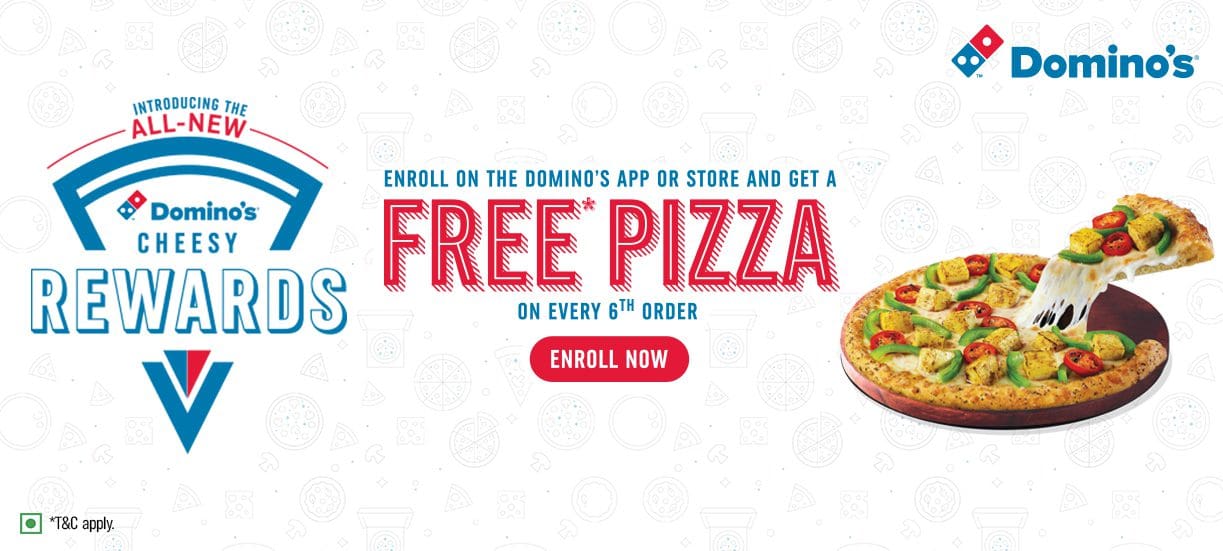
Domino’s Pizza’s “Piece of the Pie” Rewards Program
Domino’s Pizza’s “Piece of the Pie” rewards program was a direct marketing campaign aimed at encouraging repeat business and building customer loyalty. The program allowed customers to earn points for each order they placed, which could be redeemed for free pizza. The program also included personalised email and direct mail communications that offered exclusive discounts and rewards to members.
The campaign was highly successful, resulting in a 13% increase in sales and a 14% increase in customer retention. The program also helped Domino’s build a database of over 14 million members, which they could use for future marketing efforts.

Procter & Gamble’s “Thank You, Mom” Campaign
Procter & Gamble’s “Thank You, Mom” campaign was a direct marketing campaign aimed at building brand awareness and loyalty for several of its products, including Pampers, Tide, and Gillette. The campaign included a direct mailer that was sent to millions of households, featuring a personalised message and a coupon for each product.
The campaign was highly successful, resulting in a 22% increase in sales for Pampers, a 10% increase in sales for Tide, and a 4% increase in sales for Gillette. The campaign also helped to improve Procter & Gamble’s brand reputation, with 78% of consumers reporting a positive perception of the company after seeing the campaign.
These case studies demonstrate the power of direct marketing to drive sales, build customer loyalty, and improve brand awareness. By using personalised messaging, targeted offers, and multichannel campaigns, businesses can create highly effective direct marketing campaigns that drive results.
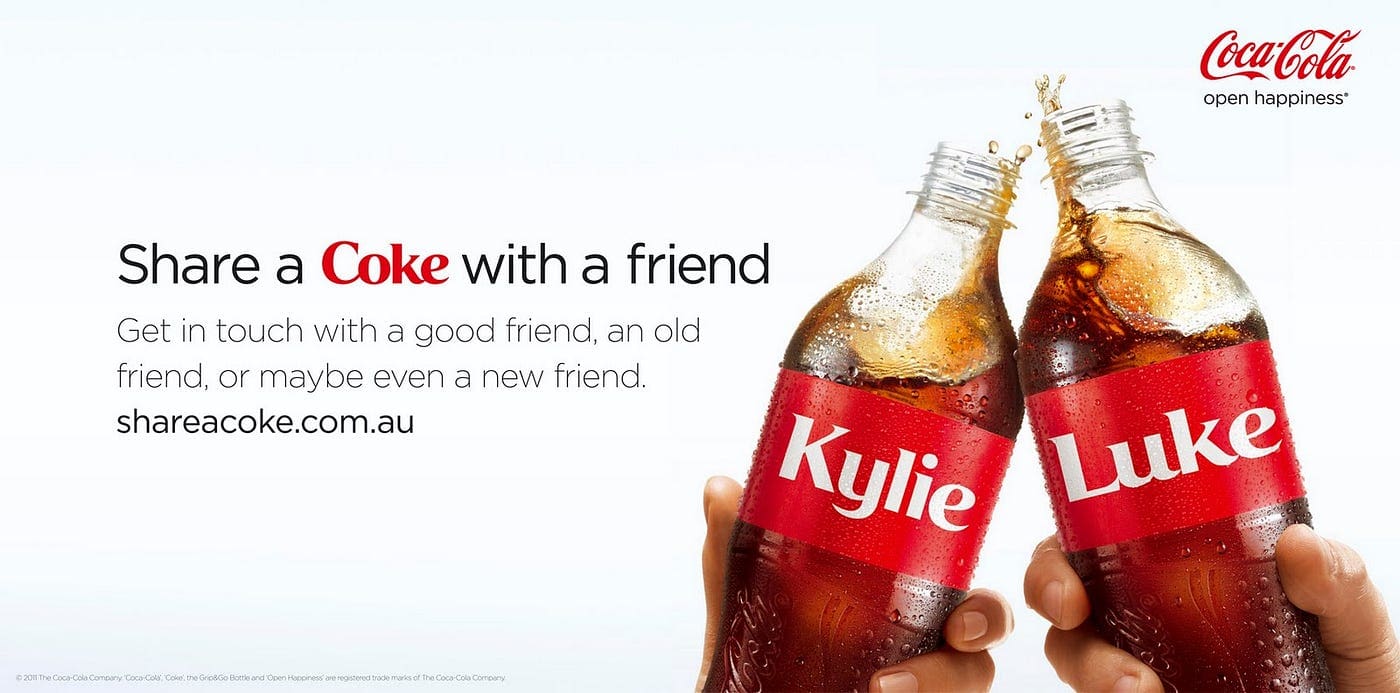
Coca-Cola’s “Share a Coke” Campaign
Coca-Cola’s “Share a Coke” campaign was a direct marketing campaign aimed at increasing sales and brand awareness. The campaign featured personalised labels with people’s names on Coca-Cola bottles and cans, encouraging consumers to purchase and share them with friends and family.
The campaign was highly successful, resulting in a 2.5% increase in sales volume, a 7% increase in brand love, and an 18% increase in Facebook followers. The campaign also received over 150,000 tweets using the hashtag #shareacoke.
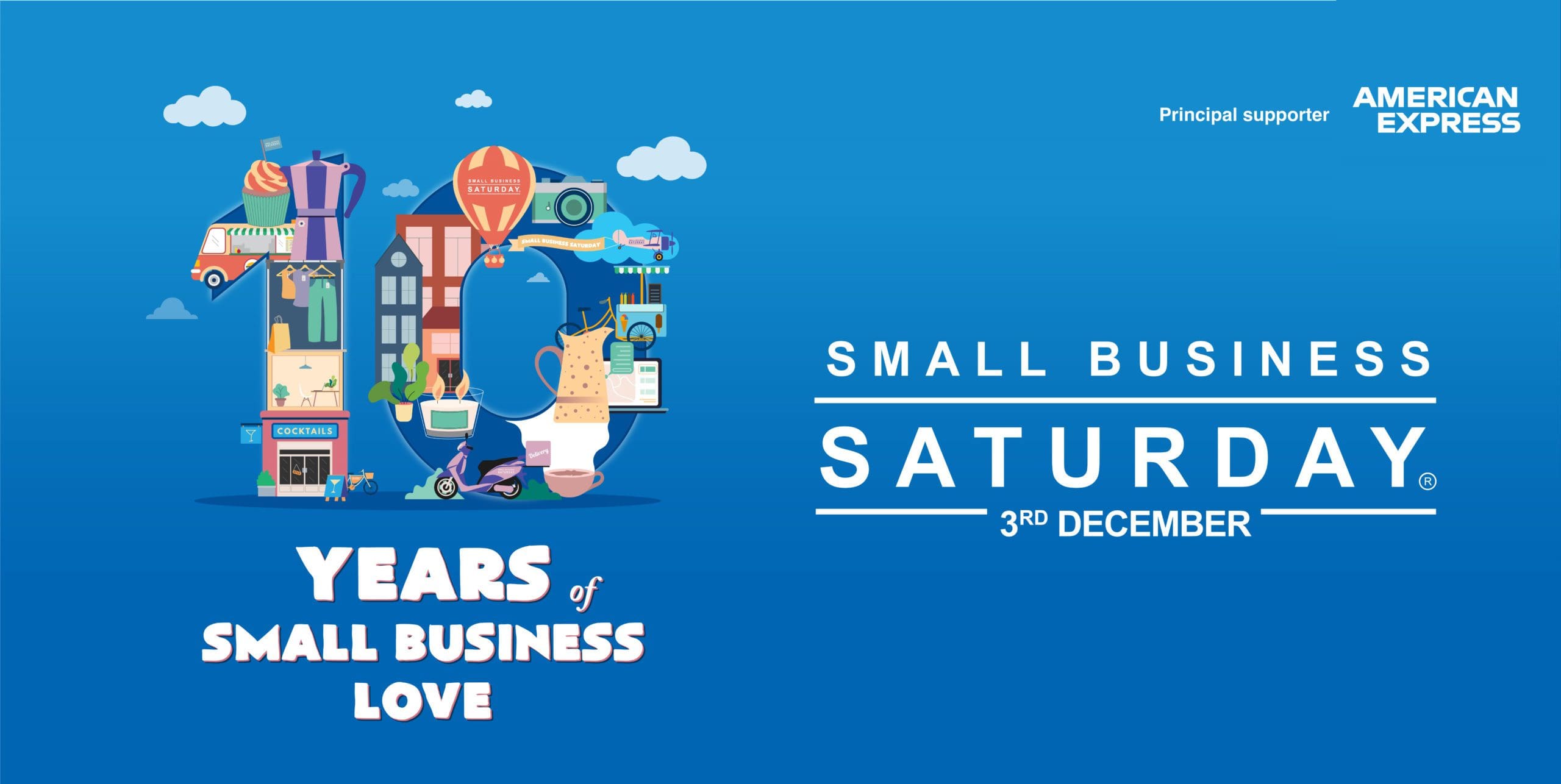
American Express’ “Small Business Saturday” Campaign
American Express’ “Small Business Saturday” campaign was a direct marketing campaign aimed at promoting small businesses during the holiday shopping season. The campaign included direct mailers, email campaigns, and social media promotions, encouraging consumers to shop at small businesses on the Saturday after Thanksgiving.
The campaign was highly successful, resulting in a 14.9% increase in sales for small businesses on Small Business Saturday, compared to the previous year. The campaign also helped to raise awareness of the importance of small businesses and generate positive PR for American Express

Apple’s “Shot on iPhone” Campaign:
Apple’s “Shot on iPhone” campaign was a direct marketing campaign aimed at promoting the camera capabilities of its iPhone. The campaign included billboards, print ads, and social media promotions featuring photos taken by iPhone users.
The campaign was highly successful, resulting in a 43% increase in iPhone sales in the fourth quarter of 2015, compared to the previous year. The campaign also helped to improve Apple’s brand reputation and generate positive PR.
These case studies demonstrate the power of direct marketing to drive sales, improve brand awareness, and generate positive PR. By using personalised messaging, targeted offers, and multichannel campaigns, businesses can create highly effective direct marketing campaigns that drive results.

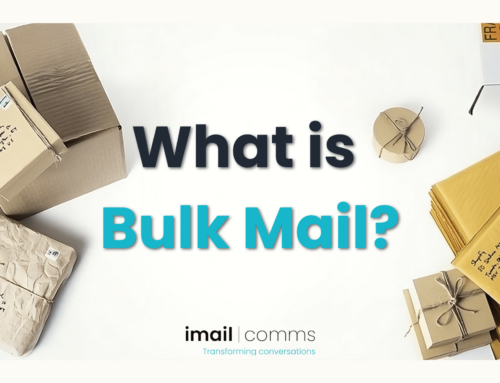
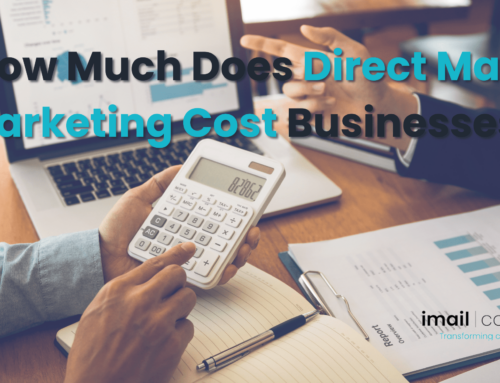
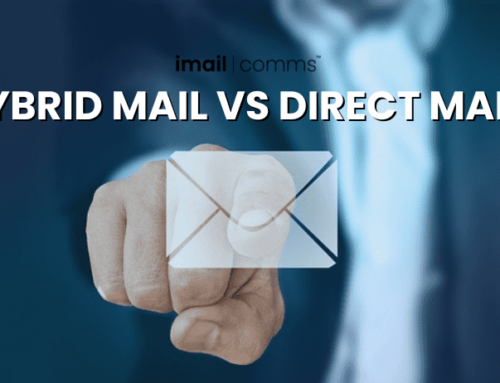
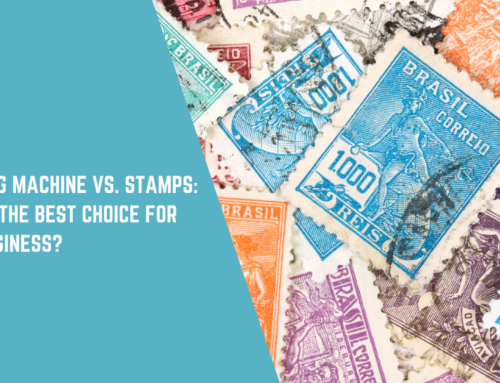

Leave A Comment
You must be logged in to post a comment.